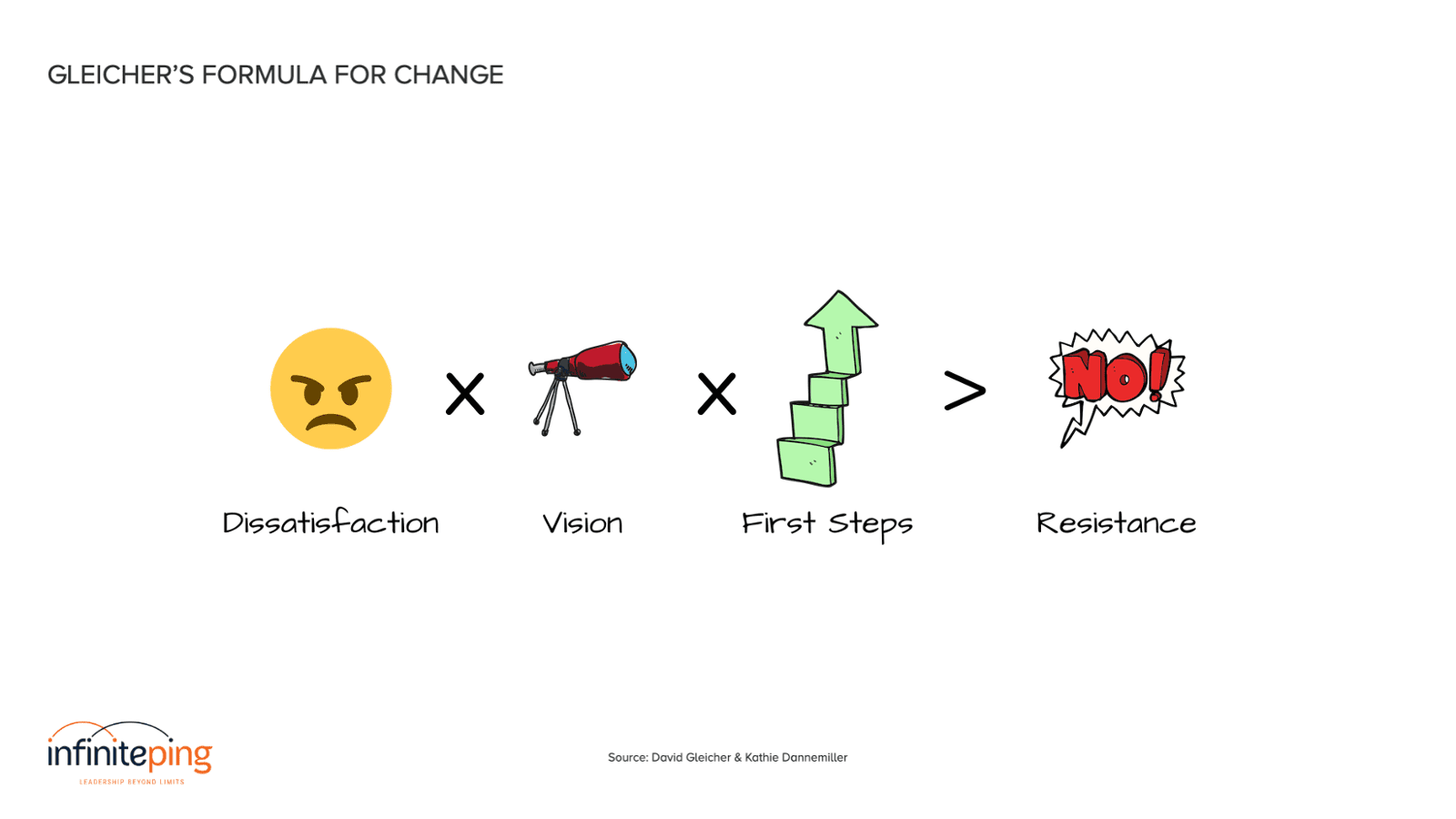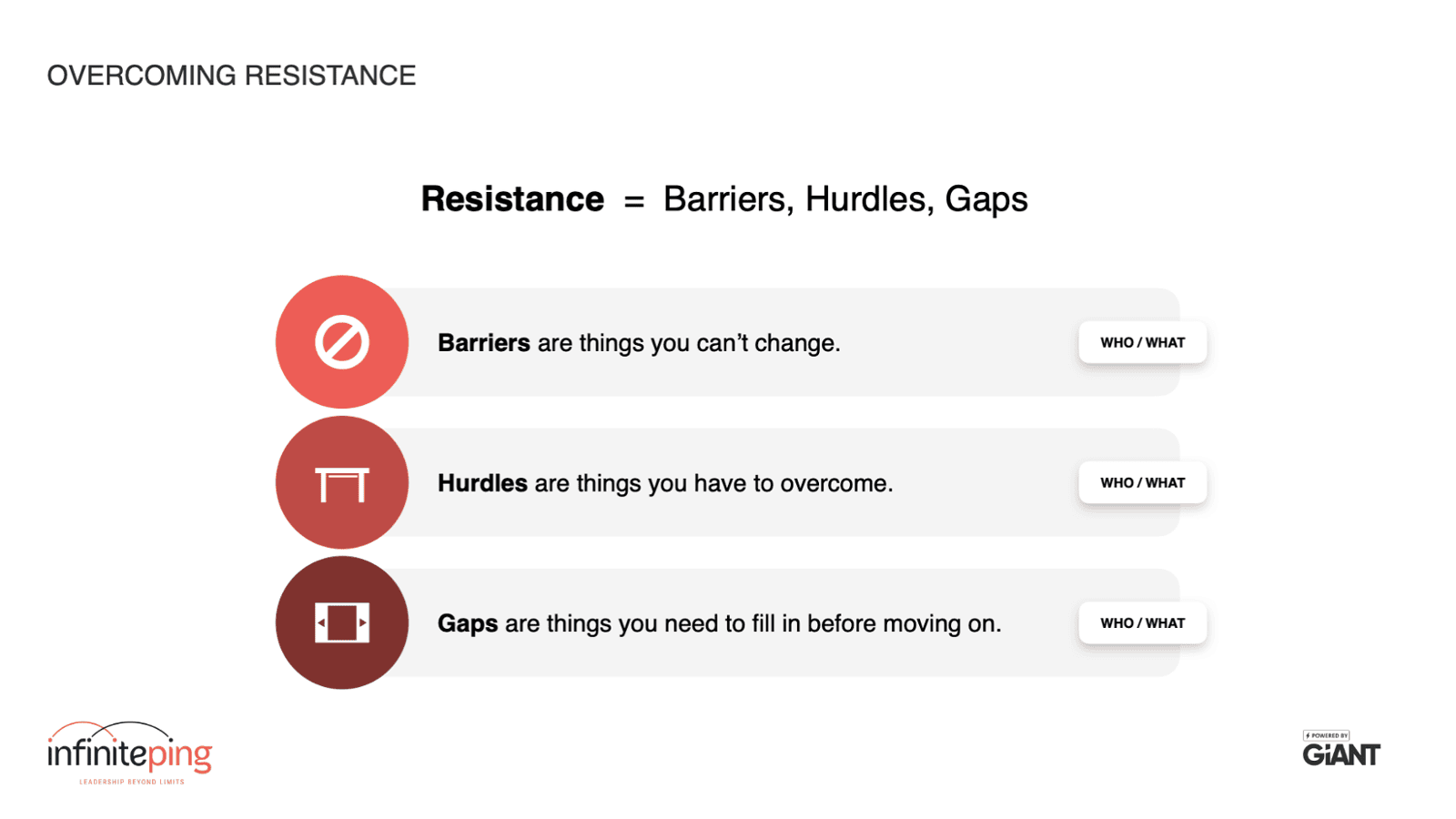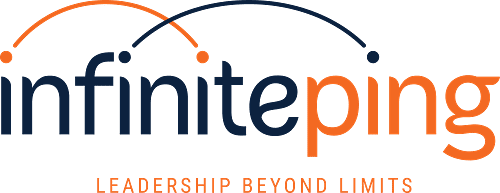Mastering Change in Business
Mastering Change in Business
Have you ever wondered why some business changes succeed while others fail? As seasoned business coaches and consultants, we've seen our fair share of both. That's why we're excited to share a powerful tool that can make all the difference: Gleicher's Formula for Change.
What is Gleicher's Formula?
Gleicher's Formula, also known as the Formula for Change, is a simple yet powerful equation.
Where:
- D = Dissatisfaction with the current state
- V = Vision of what's possible
- F = First concrete steps towards the vision
- R = Resistance to change

In plain English, this means that for change to happen, the combination of dissatisfaction, vision, and first steps must be stronger than the resistance to change.
Why Should You Care?
As a business owner or leader, you're constantly dealing with change. Maybe you're:
- Introducing new technology
- Shifting company culture
- Expanding into new markets
- Improving sustainability practices
- Adapting to remote work
Whatever the change, Gleicher's Formula can help you navigate it successfully. It's like a compass for your change journey.
The Power of the Formula in Action
The Power of the Formula in Action
Let me share a real-life example. We once worked with a business owner who was frustrated by his team's "laziness" and "lack of care" to meet the company goals. Their team wasn't making progress on an important project. Can you relate?
The owner thought everyone understood the next steps to reach the goal. But guess what? The owner assumed the team had the knowledge and expertise to move the project forward without his input. In fact, neither the owner nor the team knew what to do next!
Once we realized this, we brought everyone together. We brainstormed and agreed on clear next steps. This simple act of coming together made all the difference. The team finally got traction on their project.
This story shows the Formula in action. The 'F' (First steps) was missing. Once we addressed it, change could happen.
Breaking Down the Formula
Breaking Down the Formula
Let's look at each part of the formula:
Dissatisfaction (D): This is the burning platform. Are you and your team truly unhappy with the current situation? If not, why change?
Vision (V): This is your North Star. Where are you heading? Is it clear and compelling?
First Steps (F): These are the initial actions. They should be clear and doable.
Resistance (R): This is what holds you back. It comes in many forms.
Understanding and Overcoming Resistance
Understanding and Overcoming Resistance
Remember the 'R' in our formula? Let's dive deeper into resistance. It's not just a roadblock; it's a complex aspect of change that deserves our attention.
Categories of Resistance
Categories of Resistance

Resistance typically falls into three main categories:
- Barriers: These are obstacles you can't change. They're like immovable walls in your path.
- Hurdles: These are challenges you can overcome, but they'll require work. Think of them as high jumps in a race.
- Gaps: These are missing pieces you need to fill before moving forward. Imagine them as bridges you need to build.
Common Sources of Resistance
Common Sources of Resistance
Resistance can come from various sources. Some common ones include:
- People issues (like self-preservation or lack of trust)
- Strategic concerns
- Resource limitations
- Regulatory or legal constraints
- Process challenges
- Technology hurdles
Remember, these sources can manifest as barriers, hurdles, or gaps depending on the situation and who's facing them.
A Fresh Perspective on Resistance
A Fresh Perspective on Resistance
Here's an important insight: Your barriers might be someone else's hurdles or gaps. What seems impossible to you might be achievable for another person or team.
For example, a technical limitation might be a barrier for your marketing team but just a hurdle for your IT department. Or a regulatory constraint might be a barrier for your local office but a gap that your legal team can fill.
This perspective opens up new possibilities for overcoming resistance. It encourages collaboration and creative problem-solving.
Strategies for Overcoming Resistance
Strategies for Overcoming Resistance
Given this understanding, here are some strategies to tackle resistance:
- Identify and Categorize: First, list out all sources of resistance. Then, categorize them as barriers, hurdles, or gaps.
- Seek Different Perspectives: Discuss your barriers with others. They might see solutions you don't.
- Prioritize: Focus on the hurdles and gaps first. These are areas where you can make progress.
- Collaborate: Form cross-functional teams to address complex challenges. Different skills and viewpoints can turn barriers into hurdles.
- Plan and Act: For hurdles, create action plans. For gaps, identify what's needed to fill them.
- Reassess Regularly: What's a barrier today might become a hurdle tomorrow as circumstances change.
By breaking down resistance into these categories and approaching each type strategically, you can make your change efforts more effective.
Challenges in Using the Formula
Challenges in Using the Formula
Now, let's be real. Using this formula isn't always easy.
Here are some common challenges:
- Measuring the Variables: How do you quantify dissatisfaction or vision? It's not always straightforward.
- Keeping the Momentum: Initial excitement can fade. How do you keep the energy high throughout the change process?
- Balancing Change and Daily Operations: You can't stop running your business to focus solely on change. How do you do both?
These challenges are real, but they're not insurmountable. Awareness is the first step to overcoming them.
Success Stories: The Formula in Action
Let's look at some real-world examples where the Formula for Change made a difference:
- Digital Transformation: A manufacturing company used the formula to implement a new system. They highlighted current inefficiencies (D), painted a picture of streamlined operations (V), and started with a pilot program (F).
- Culture Shift: A retail chain moved from hierarchy to collaboration. They surveyed employee dissatisfaction (D), created a new culture charter together (V), and changed meeting structures (F).
- Market Expansion: A B2B company entered a new market segment. They analyzed stagnating growth (D), projected potential in the new segment (V), and adapted their offering for one key client (F).
- Sustainability Drive: A food company overhauled its practices. They shared environmental impact data (D), envisioned zero-waste operations (V), and started a recycling program (F).
- Remote Work Transition: A tech company went hybrid. They acknowledged office limitations (D), envisioned a flexible workforce (V), and upgraded digital tools (F).
These stories show the versatility of the formula. It works across industries and for various types of change.
Common Misconceptions
Common Misconceptions
One big misconception I often see is about the speed of change. Many leaders think change should happen quickly. But real, lasting change takes time.
Change is like growing a garden. You can't plant a seed and expect a full-grown tree the next day. It needs consistent care and patience.
Putting It All Together
Putting It All Together
So, how can you use Gleicher's Formula in your business?
Here are some tips:
- Assess Your Situation: Where are you on each variable (D, V, F, R)?
- Identify Gaps: Which area needs the most work?
- Take Action: Focus on improving your weakest area.
- Communicate: Share the vision and steps clearly and often.
- Be Patient: Remember, meaningful change takes time.
Your Turn to Act
Your Turn to Act
Now that you understand Gleicher's Formula, it's time to put it into action. Here's a simple exercise:
- Think of a change you want to make in your business.
- Rate your D, V, F, and R on a scale of 1-10.
- Which area scored lowest? That's where to focus first.
Remember, change is a journey, not a destination. It's okay if you don't have all the answers right away.
Are you ready to master change in your business? Do you want to dive deeper into how Gleicher's Formula can work for you?
Let's explore this together. I invite you to schedule an exploratory meeting with us. We'll discuss your specific change challenges and how the Formula for Change can help you overcome them.
Don't let resistance hold you back. Take the first step towards meaningful change today. Contact us to schedule your meeting and start your change journey on the right foot.
